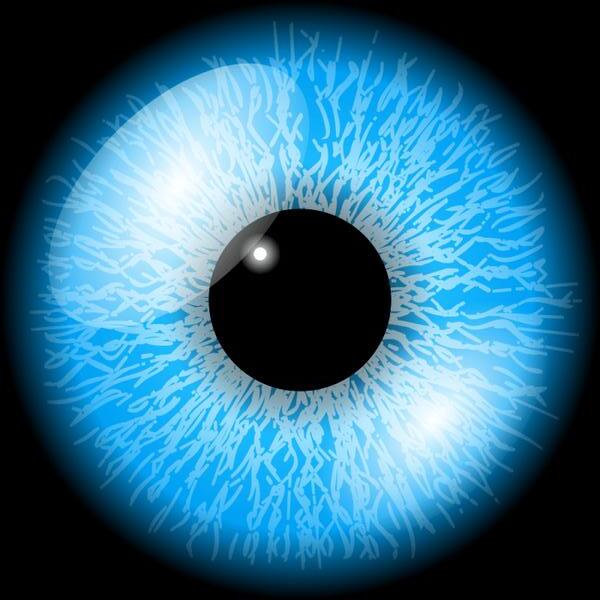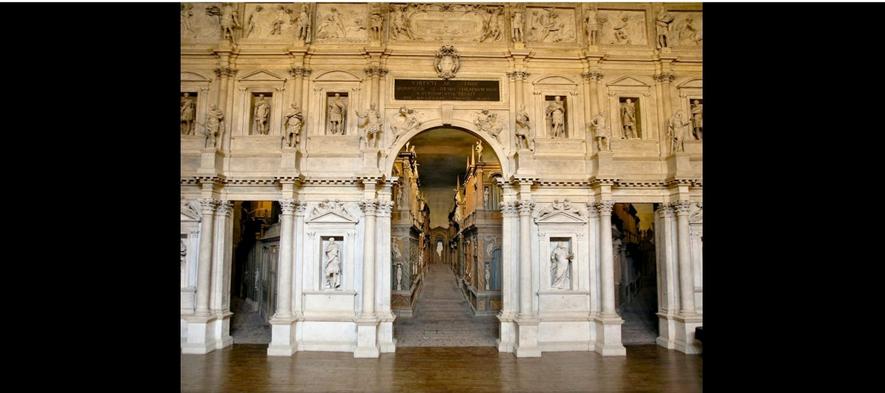
1 minute read
Roman
A hut was constructed in the open one-third of the auditorium This hut was meant for the actor to change his costume and mask if he portrayed two or more characters during the course of the performance The hut was called skene, which literally meant scene
Later the skene became elaborated into different shapes and sizes, with an increasing emphasis on its visual appearance, and in its use by the actor during performances Doors were introduced to enable the actor to make dramatic entrances or wheel out on a mobile platform The skene then became a double storeyed building supported by pillars, paintings were placed between these pillars to increase visual beauty of the skene
Advertisement
It is essentially during the Italian renaissance that one begins to see the birth of modern theatre

The theatres that were then constructed, of which the Teatro Olimpico is a classic example, were in the scale and proportion of man, even though architecturally they were Roman The skene here reached an extreme degree of decoration Its beautiful three-dimensional façade had five passages built within its architecture, on a raked floor with perspective vistas showing through the doorways with the work of A Appia and EG Craig ning of the 20th century that stage most contemporary form came into y expressed an integrated relationship and the actor in its purest form and entire concept of scenic design, and ed in the theatre of the 20th century


